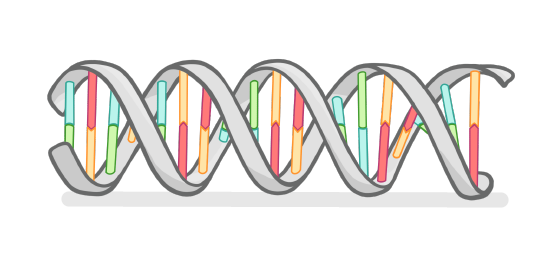Cancer
This lesson covers:
- What a 'tumour' is
- The difference between 'benign' and 'malignant' tumours
- Example of different types of cancers and their risk factors

A is an abnormal mass of cells that forms when a group of cells undergo uncontrolled growth and division.
|
There are two main types of tumours, benign and ________
malignant
melancholy
malicious
|
Which type of tumour is contained within one area, usually within a membrane?
Benign
Malignant
|
Tumour cells divide by which type of cell division?
(Tip: it's the same type as our normal body cells use to divide)
Mitosis
Binary fission
Meiosis
|
Which type of tumours can invade neighbouring tissues and spread to different parts of the body in the blood?
Malignant
Benign
|
Which type of tumours are considered 'cancer'?
Malignant
Benign
|
Can malignant tumours spread to other parts of the body and then form secondary tumours?
Yes
No
|
Smoking is a risk factor for many diseases.
In addition to lung cancer, which of the following cancers is smoking also risk factor for?
(Select all that apply)
Stomach cancer
Cervical cancer
Brain cancer
Mouth cancer
|
Which type of cancer is ultraviolet radiation a risk factor for?
Lung cancer
Liver cancer
Skin cancer
|
Which of the following are risk factors for liver cancer?
(Select all that apply)
Alcohol
Lack of exercise
Obesity
|

The genes that we inherit can increase the risk of certain diseases. One such gene is the BRCA gene.
Which cancer from the list below does BRCA increase the risk of?
(Select all that apply)
Brain cancer
Liver cancer
Ovarian cancer
Breast cancer
|
What are two characteristics of malignant tumours?
They are usually contained within a membrane
The tumour cells can spread around the body in the blood
They can lead to secondary tumours
They don't invade neighbouring tissues
|
Which of the following types of risk factors have been linked to cancer?
(Select all that apply)
Environmental factors
Lifestyle factors
Control factors
Genetic factors
|
There is a known genetic link for breast cancer. What does this mean for a person who has a relative with breast cancer?
They will definitely develop breast cancer
They might be at an increased risk of developing breast cancer
|